Spatial Digital Twins offer abundant opportunities to stakeholders across industries to solve organizational problems. One such example is road asset management. In metros, a large number of vehicles enter and leave the city every day. Over time, this causes serious wear and tear to the road asset, leading to high maintenance costs. The map and road asset data, interoperable and compatible with any GIS, can be considered a digital twin of the utility assets. It helps in monitoring and predicting asset health and enable regular maintenance of road networks. Thus, a constantly evolving map of road assets and their conditions can be followed through a data management system, optimizing maintenance costs, improving safety, and increasing the life of assets.
According to Juniper research (2021), there was an estimated $12.7Bn revenue associated with Digital Twins, with ~$8Bn total addressable market (TAM) for the geospatial industry. This is projected to rise to $45B by 2026, with ~$25B in TAM for the geospatial industry (Figure 1).

In addition, SME survey reveals that the construction, infrastructure, and utility sectors are strongly driving the development of spatial digital twins. Experts also observe significant VC investments flowing into digital twin implementation in the energy and resources, property development, as well as the public sector, transportation, and logistics.
The extent of investment, as well as the vast number of use cases in various industries, are proof of the belief in the potential of this technology. The full potential of digital twin technology is yet-to-be-revealed, though. Eventually, the integration will soon reach the point when spatial digital twins become a part of our day-to-day life.
Tier-by-tier Division of Use Cases
Based on an engagement survey and interview feedback, WGIC developed a tier-by-tier division of digital twin use cases. The division is presented in Figure 2 below.

Each tier represents an industry or a sector where the use of spatial digital twins will create new opportunities. Digital twin technology has a vast and varied list of stakeholders, including public and private organizations, governments, and individual users in different industries. In its early years of maturity, the digital twin technology is encountering a few roadblocks. However, when addressed, the technology offers a pool of opportunities for the benefit of the stakeholder(s).
Opportunities and Challenges
Geospatial data has a fundamental role in unlocking value from digital twins. There is an opportunity in using precise location attributes associated with assets and components to improve the outcomes of the digital twin. Further, the integration of operational technologies and information technology with positional attributes creates a seamless experience.
In terms of the opportunities for the geospatial sector, WGIC came up with the following three key categories of use cases where there would be high utilization of spatial data and technologies.
- Advanced use cases
- Potential use cases
- Generic digital twins

WGIC believes the Advanced Use Cases are likely to add value through spatial data. Metaverse is a good example. The primary technology associated with the metaverse remains augmented and virtual reality (AR/VR), along with highly accurate models and positioning attributes to create a seamless digital/cyber-physical system. Potential Spatial Digital Twin Candidatesmay add value through more spatial data but not necessarily. In Generic Digital Twins, additional spatial data is unlikely to add any value.
WGIC identified monetization opportunities for integrating geospatial data into a digital twin. The city of Las Vegas, for example, utilizes a spatial digital twin to model the city’s downtown. The digital model aims to help in the effective management of the city (e.g., addressing energy use, emissions, traffic, parking, etc.).
Even though digital twin technology is maturing fast, there are challenges slowing its development. Some of the challenges include policy gaps and market readiness. The scope of the existing policies is narrow, and there is no globally-accepted definition of a digital twin nor standards for its functioning. In the absence of these, it is observed that private companies often misrepresent the term and promote 3D models as digital twins.
Technology is accelerating fast, presenting hitherto unforeseen situations and scenarios for implementors, policymakers, and users. A concerted effort by the stakeholders to streamline and evolve ways to quickly unlock the potential and opportunity presented by the new technology is the only way forward.
The original content of the blog post is sourced from the WGIC Policy Report “Spatial Digital Twins: Global Status, Opportunities, and the Way Forward.”
Editors of the blog: Margarita Dadyan and Bhanu Rekha from WGIC



